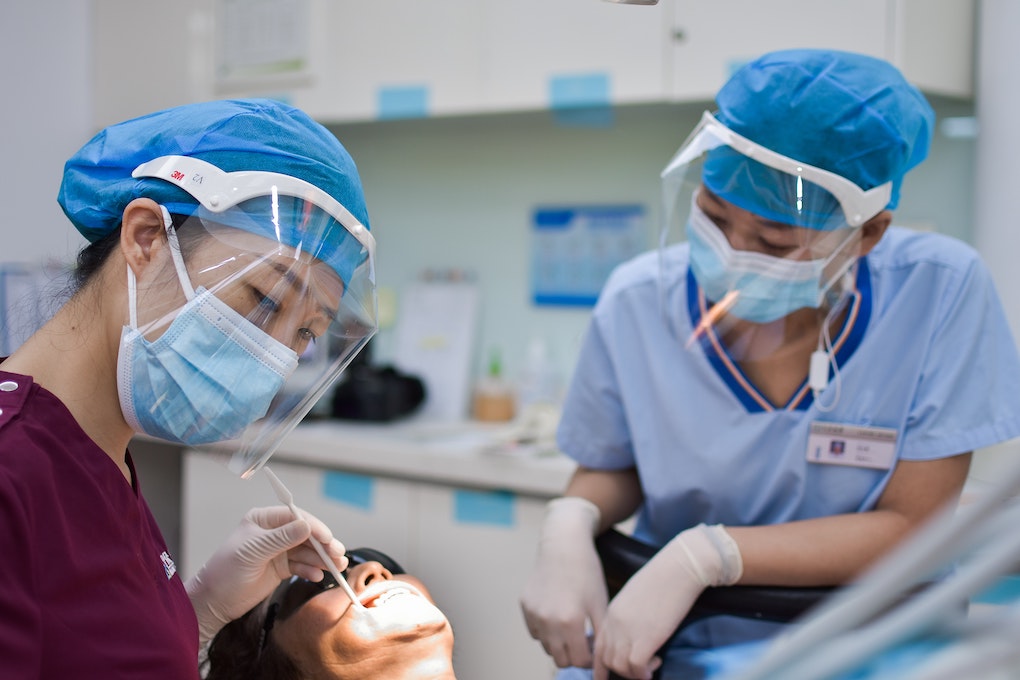
August 16, 2021
How to Define Your Dental Practice’s Patient Experience

Even dentists who have been practicing for decades should take time to define the patient experience, which is easier said than done. Taking the time to walk through what it is like to be a patient at your dental practice proves to be an invaluable step that is often overlooked. Here’s how to implement this all-important concept at your dental practice.
Why implement
Everyone on your staff may think they know what’s best when it comes to patient care and treatment, but unless that is explicitly defined, it would be impossible to get everyone on the same page to ensure a unified experience. This applies to protocols that are clearly defined so they can be delivered with ease, which is more important now than ever with the COVID-19 in the rearview mirror. Designing a program for implementation will require input from all key staff members, so plan early and ahead of any rollouts.
What this means
Taking time to evaluate the big picture can require multiple iterations with input from both staff and patients. What may be obvious to you may need more spelling out to those outside the organization. A good place to start is to create an internal document that is easily editable by all involved for everyone to compile their notes and ideas on how to not only define the patient experience, but also improve it as necessary along the way.
How to change course
Focusing on empathy first and foremost will only lead you in the right direction. Patients want to feel taken care of, regardless of their comfort level in visiting your dental practice. One of the best ways to make patients feel as if they are being taken care of is to educate them on policies and procedures around your dental practice. And while you certainly can’t please everyone, you can train staff to make patients feel heard and appreciated more than anything.
What’s next?
Contact the experts at Professional Transition Strategies for more guidance on how to keep your dental practice on top of its game.